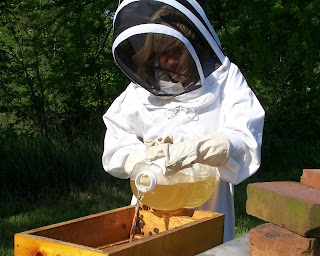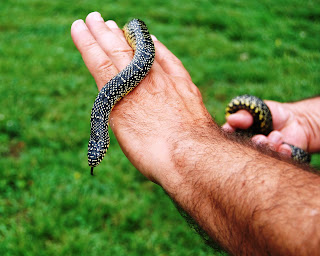Melissa Petersen is the editor of Edible Memphis magazine, http://www.ediblecommunities.com/memphis/, a quarterly devoted to building connections between farmers, food artisans, and the community. Melissa spoke to the Memphis Herb Society about the food we eat, what it takes to bring it to the table, and what it means to us. She described how our food is so much more than nourishment for our bodies. We use food to celebrate special family events. Certain foods bring back special memories. Many of those who buy our honey at farmers markets relate to us that their grandfathers kept honey bees. Others seek comb honey because they have nostalgic memories of eating honeycomb as a child after family members robbed a bee tree. The Herb Society members know that cooking often involves preparing foods using home-grown herbs for special occasions. Melissa reminded the audience that bringing food to the table requires hard work from numerous individuals. Preparing food in a commercial kitchen involves long, busy, hot, hours, by a team of dedicated workers. Beekeepers recognize the commitment involved in harvesting honey in the summer. Honey supers are heavy; protective bee suits are hot; and some guard bees always find exposed skin.
Mary Phillips, who worked with us at Peace Bee Farm, is featured in the Memphis Commercial Appeal: http://www.commercialappeal.com/news/2011/jun/24/farm-fresh/. Mary is helping bring fresh food to inner-city areas known as “food deserts.” In parts of some cities it is said to be easier to buy a handgun than a fresh apple. Mary is helping correct this by managing a midtown farmers market, helping community gardens, and building raised-bed backyard vegetable gardens. She is also teaching farming at a girls’ school. Mary says that food “transcends all barriers—class, gender, race, and age.” In our recent travels, we encountered a food coop in Spokane, Washington, featured in today’s photo. See http://www.mainmarket.coop/. Without pollination from the honey bee, the only pictured food available to us is the bread and the macaroni noodles in the soup.
--Richard












